The world of coffee is a delightful journey, especially when you start grinding your own beans. There’s something magical about the aroma that fills the air as you prepare to brew your perfect cup. Whether you’re a complete novice or someone looking to refine your skills, understanding the right tools for grinding coffee beans can greatly enhance your experience and elevate the flavors in your cup.
Choosing the right grinder is crucial for extracting the best taste from your coffee. With so many options available, it can be overwhelming for beginners to navigate through the choices. But don’t worry! This guide will help you explore the essential tools and techniques you need to enjoy a delicious cup of coffee made from freshly ground beans.
In this article, we’ll dive into the importance of grinding tools, how to select the best coffee beans, and explore various brewing methods. By the end, you’ll feel confident in your ability to create a rich and flavorful coffee experience right at home.
- Discover why the right grinding tools matter for coffee flavor.
- Learn about the differences between manual and electric grinders.
- Find out how to choose the best coffee beans for your taste.
The Importance of Tools for Grinding Coffee Beans
Impact on Coffee Flavor
When it comes to brewing coffee, the flavor you experience truly begins at the grinding stage. Freshly ground coffee beans release essential oils and aromas that are vital for a rich cup of coffee. If you use pre-ground coffee, you might miss out on these delightful notes, leading to a less satisfying experience. The grind size also plays a critical role in extraction; too coarse, and your coffee may taste weak, while too fine can lead to bitterness.
The moment you grind your beans, you’ll notice how the scent fills your kitchen, awakening your senses. This aromatic experience is just one of the reasons why grinding your own beans can be so rewarding. By understanding how the grind impacts flavor, you can take control of your coffee-making process, ensuring that each cup is tailored to your personal taste preferences.
Additionally, the way you grind your coffee affects the overall brewing process. A consistent grind size helps with even extraction, which means you’ll enjoy a balanced flavor profile. This is where the right tools come into play, making it essential to choose wisely.
- Grinding beans fresh enhances aroma and flavor.
- Grind size affects extraction and taste.
- Consistent grind leads to balanced coffee flavor.
Choosing the Right Equipment
Now that you understand the significance of grinding, let’s talk about the tools you’ll need. There are two primary types of grinders: manual and electric. Manual grinders are often preferred by coffee enthusiasts who enjoy the ritual of grinding. They allow for greater control over the grind size and often produce less heat, preserving the beans’ essential oils.
On the other hand, electric grinders offer convenience and speed, making them ideal for busy mornings. When choosing an electric grinder, look for one with adjustable settings, which will allow you to customize the grind size according to your brewing method. Whether you prefer a coarse grind for French press or a fine grind for espresso, having the right tools will make all the difference.
Another important aspect to consider is the grinder’s burr type. Burr grinders, whether flat or conical, provide a more consistent grind compared to blade grinders, which can lead to uneven extraction. Investing in a quality burr grinder can elevate your coffee game significantly.
Ultimately, the right equipment will not only enhance your coffee experience but also bring you joy in the process. So take your time to explore your options and find the tools that resonate with your coffee journey.
- Manual grinders offer control and a hands-on experience.
- Electric grinders provide convenience and speed.
- Burr grinders ensure consistent grind size for better flavor.
Recommended Grinding Tools for Beginners
Difference Between Manual and Electric Grinders
As you embark on your coffee journey, understanding the differences between manual and electric grinders can be really helpful. Manual grinders are perfect for those who appreciate the art of grinding by hand. They offer a certain charm and allow for a more tactile experience. You get to control the grind size with precision, which can be satisfying in its own right. Plus, they are often compact and portable, making them great for travel.
On the other hand, electric grinders bring a level of convenience that’s hard to beat. If you’re someone who enjoys the ease of a quick morning routine, an electric grinder might be your best bet. They usually come with various settings, so you can easily adjust the grind size for different brewing methods, from coarse for French press to fine for espresso. The decision really depends on your lifestyle and how much time you want to spend on your coffee preparation.
Both types have their merits, and many coffee lovers find joy in experimenting with both. The key is to determine what fits best with your brewing habits and personal preferences.
- Manual grinders offer a hands-on experience and control.
- Electric grinders provide speed and convenience for busy mornings.
- Trying both types can enhance your overall coffee experience.
Features and Selection of Each Tool
When it comes to selecting the right grinder, there are several features to consider that can significantly impact your coffee-making experience. For manual grinders, look for models with adjustable grind settings, sturdy construction, and a comfortable handle. These features ensure you can easily achieve the grind size you desire without much effort.
For electric grinders, focus on those with a burr mechanism rather than blades, as burr grinders provide a more consistent grind. Check for adjustable settings that allow you to customize your grind size, and consider the capacity of the grinder based on how much coffee you typically make. Some grinders also come with built-in timers, which can be very handy for maintaining consistency in your brewing routine.
Ultimately, whether you go for a manual or electric grinder, selecting the right features will enhance your coffee experience and help you enjoy every cup to the fullest.
- Manual grinders should have adjustable grind settings and solid construction.
- Electric grinders should feature burr mechanisms for consistency.
- Timers and capacity options can enhance your coffee-making efficiency.
How to Choose Coffee Beans
Difference in Roast Levels
Once you’ve got your grinding tools sorted out, the next exciting step is choosing the right coffee beans. The roast level of your beans can significantly influence the flavor and aroma of your brew. Generally, coffee beans are categorized into three main roast levels: light, medium, and dark. Each of these levels brings a unique profile to your cup.
Light roasts are known for their bright acidity and fruity notes, which can be quite refreshing. They often highlight the origin characteristics of the beans. Medium roasts strike a balance between acidity and body, offering a more rounded flavor. Dark roasts, on the other hand, have a bold, robust taste with rich chocolatey or smoky undertones. Understanding these differences can help you select a roast that aligns with your personal taste preferences.
- Light roasts offer fruity and floral notes.
- Medium roasts provide a balanced flavor profile.
- Dark roasts deliver bold and rich flavors.
Flavor Characteristics by Origin
The origin of coffee beans plays a crucial role in determining their flavor profile. Different regions around the world produce beans with distinct characteristics due to variations in climate, soil, and growing conditions. For example, beans from Ethiopia are often celebrated for their bright acidity and floral notes, while Colombian beans are known for their smooth, well-balanced flavors.
Additionally, beans from Brazil tend to be nutty and chocolatey, making them a favorite for espresso blends. African beans, on the other hand, can present a unique mix of fruity and vibrant flavors that add complexity to your cup. Exploring these different origins can be an adventure in itself, allowing you to discover new and exciting flavors.
As you experiment with beans from various regions, pay attention to how the flavors evolve when you grind and brew them. This journey will not only enhance your understanding of coffee but also deepen your appreciation for the diverse world of flavors that coffee has to offer.
- Ethiopian beans are bright and floral.
- Colombian beans provide smooth and balanced profiles.
- Brazilian beans are nutty and chocolatey.
Brewing Methods and Bean Storage Techniques
Types of Brewing Methods
Now that you’ve chosen your grinding tools and beans, it’s time to explore the various brewing methods that can elevate your coffee experience. Each brewing technique brings out different flavors and characteristics, allowing you to tailor your cup to your liking. Some popular methods include drip brewing, French press, pour-over, and espresso. Each method requires a specific grind size and brewing time, so understanding these nuances is essential.
Drip brewing is one of the most common methods, using a coffee maker that automatically heats water and drips it through ground coffee. This method is convenient for busy mornings and generally produces a smooth cup of coffee. On the other hand, the French press offers a more hands-on experience, allowing you to steep the coffee grounds in hot water before pressing them down. This method enhances the oils and flavors, resulting in a rich and full-bodied brew.
Pour-over is another popular choice among coffee enthusiasts. It involves manually pouring hot water over coffee grounds, allowing for precise control over the brewing process. This method highlights the unique flavors of your beans, especially if you’re using freshly ground coffee. Lastly, espresso brewing uses high pressure to extract bold flavors from finely ground coffee, creating a concentrated shot that can be enjoyed on its own or as the base for various coffee drinks.
- Drip brewing is convenient and produces a smooth cup.
- French press enhances flavors with a rich, full-bodied brew.
- Pour-over allows for precise control and highlights unique bean flavors.
Ideal Environment for Bean Storage
After you’ve brewed your perfect cup, it’s crucial to consider how you store your coffee beans to maintain their freshness. Coffee beans are sensitive to air, moisture, light, and heat, which can lead to a decline in flavor over time. Ideally, you want to store your beans in an airtight container in a cool, dark place away from direct sunlight. This helps to preserve the essential oils and aromas that make your coffee so delightful.
Avoid storing your beans in the fridge or freezer, as moisture can negatively impact their quality. Instead, opt for a dark pantry or cupboard where temperatures remain stable. Additionally, it’s best to purchase whole beans in smaller quantities to ensure you consume them while they are still fresh. Once opened, try to use your beans within a few weeks to fully enjoy their vibrant flavors.
Remember, the way you store your coffee can significantly affect your overall brewing experience. By taking the time to create the ideal environment for your beans, you’ll be rewarded with a consistently flavorful cup every time you brew.
- Store beans in an airtight container to preserve freshness.
- Keep them in a cool, dark place away from sunlight.
- Use beans within a few weeks of opening for the best flavor.
Summary
In conclusion, grinding your own coffee beans is a rewarding experience that can truly elevate your coffee enjoyment. By understanding the importance of the right tools and techniques, you can significantly enhance the flavors and aromas in your cup. Whether you choose a manual grinder for a hands-on experience or an electric grinder for convenience, the right equipment is essential for crafting the perfect brew.
Selecting the best coffee beans based on roast level and origin also plays a crucial role in your coffee journey. With light, medium, and dark roasts, each brings unique characteristics that can satisfy different taste preferences. Exploring beans from various regions allows you to discover a world of flavors that will enhance your overall coffee experience.
Finally, remember that proper storage techniques are vital for maintaining the freshness of your beans. By keeping your coffee in an airtight container in a cool, dark place, you can preserve the delightful qualities that make each cup special. So, embrace the process of grinding, brewing, and tasting your coffee, and enjoy the wonderful journey it offers.
- Grinding fresh coffee beans enhances aroma and flavor.
- Choosing the right grinder impacts extraction and taste.
- Proper storage ensures the freshness of your coffee beans.
We’d love to hear about your coffee experiences! What tools do you use for grinding, and what are your favorite beans? Share your thoughts in the comments below.



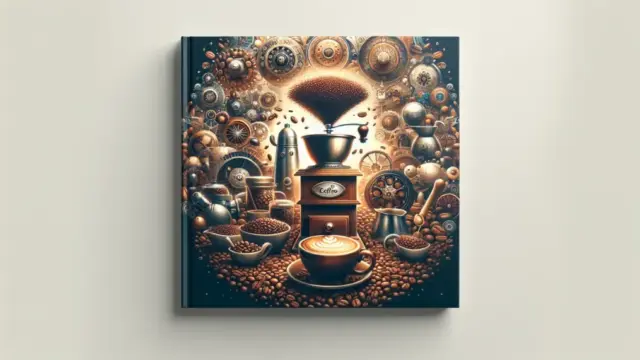








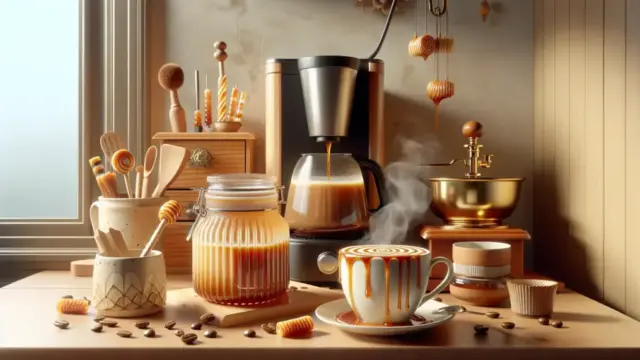

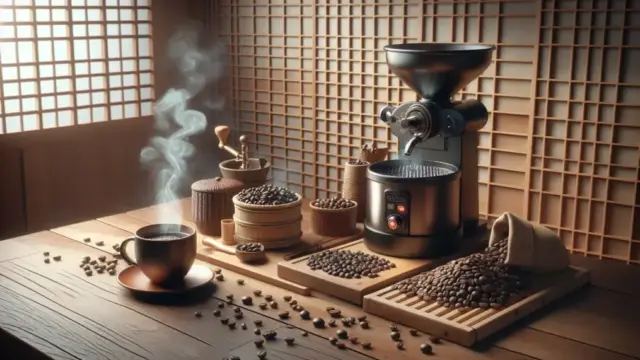











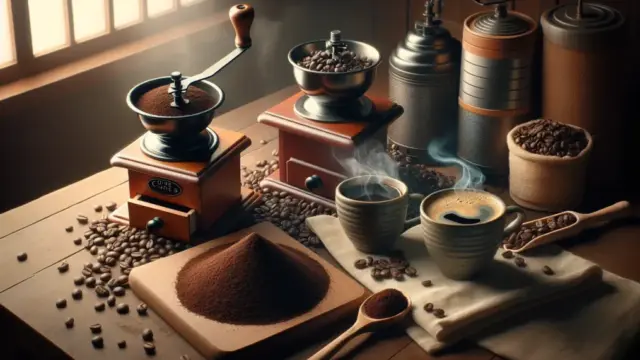


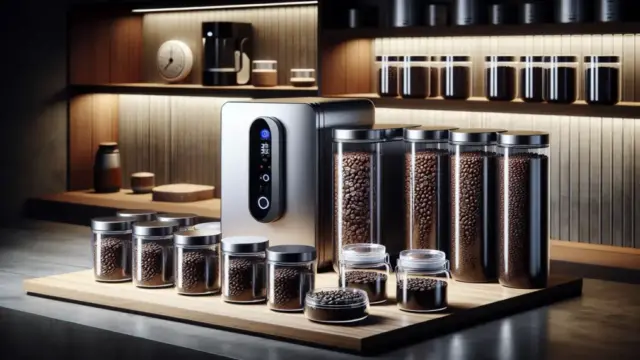

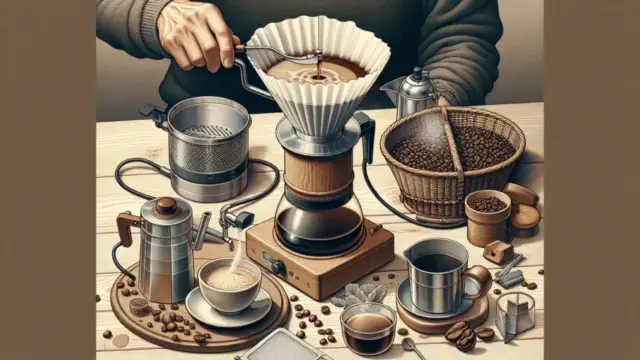
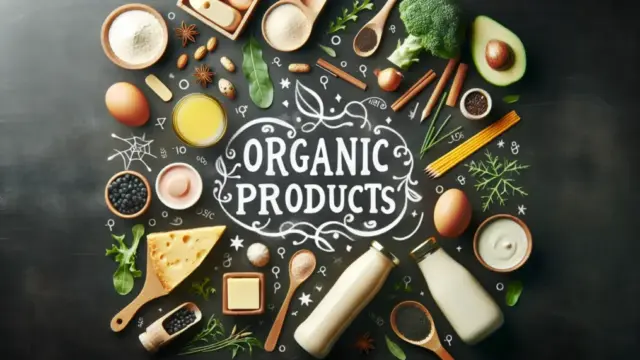










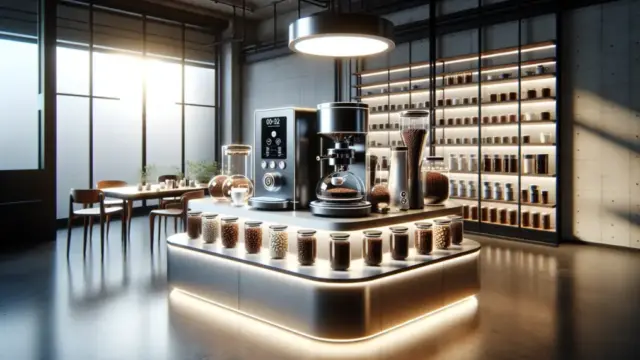
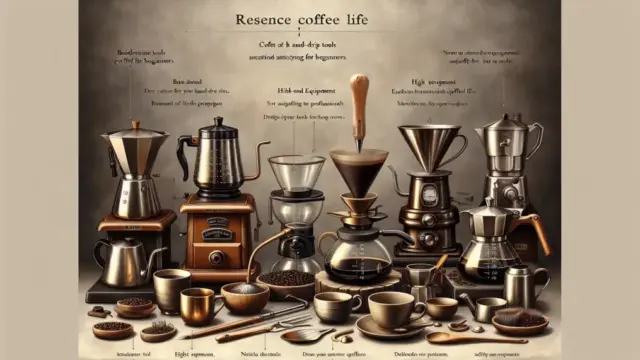



















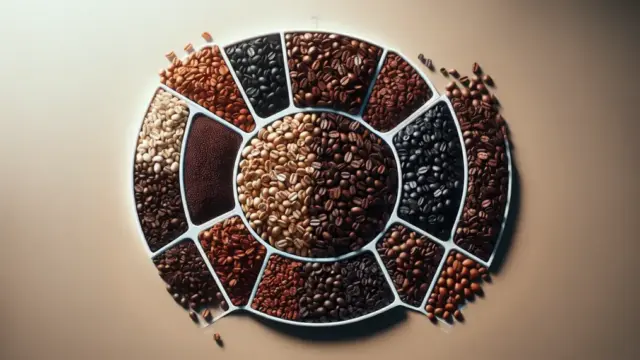







Comment